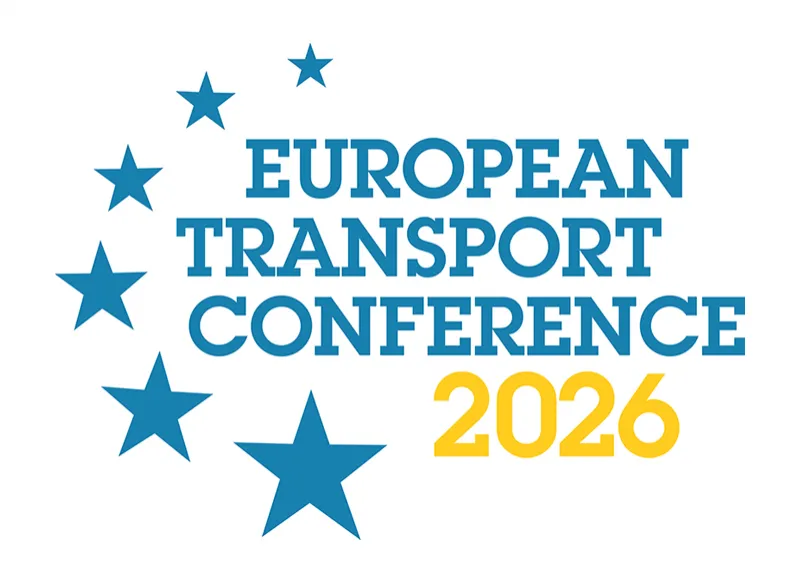-
Past ETC Papers

Browse, search and view papers from the past AET Conferences.
-
Members' Area

AET promotes networking and exchange of ideas, information and opportunities amongst members.
Conference Papers 2022
Milan, Italy
ETC Conference Papers 2022
Understanding the Challenges of Drone Medical Logistics Services in Developed Nations
Seminar
Day 3 (9 Sep 2022), Session 9, URBAN FREIGHT DELIVERY SOLUTIONS, 11:30 - 13:00
Status
Accepted, awaiting documents
Submitted by / Abstract owner
Andy Oakey
Authors
Andy Oakey
Tom Cherrett
Short abstract
Focusing on medical goods transportation for the United Kingdom National Health Service (NHS), this study investigates the factors which affect the practical reality of delivering viable drone logistics services.
Abstract
Uncrewed Aerial Vehicles (UAVs, or drones) have attracted considerable interest as a potential alternative logistics mode, with many studies suggesting that drones will offer faster and more reliable goods transport, whilst reducing associated energy, emissions, and costs compared to traditional modes. This may be true in some select settings and industries, but there are many barriers to achieving widespread implementation, particularly in developed nations.
The number of trials of drone delivery has increased in recent years, with the majority being proof-of-concept experiments, never achieving sustained commercial operation. Furthermore, several major players in the logistics industry, e.g., Amazon and DHL, have more recently scaled back their development of such technologies, suggesting there are greater challenges that make the integration of UAVs into existing logistics operations less viable. Arguably the most successful drone delivery system in the world is primarily based in Rwanda, where Zipline routinely deliver blood stocks from central hubs, reaching hospitals significantly faster and more reliably than by road. To the authors’ knowledge, Zipline remains the only commercial national drone logistics operation currently active in the world, posing the question as to why take-up has not been more rapid.
There is a general trend towards using drones in the medical sector, where there is potential for expedited delivery of time-sensitive, high-value cargoes to have significant impacts on patient care. Evidence identifies a range of trials carrying goods, such as diagnostic specimens, vaccines, and blood stocks, where delivery times are critical to ensure goods are outside of controlled conditions for as little time as possible or to improve the health outcomes of patients. Whilst this may give some perceived benefits, current legislation with regards to good carriage has not been designed for or applied to autonomous, uncrewed aircraft. In the case of UAVs, their vibration profiles can be significantly different to that of traditional land-based modes, with higher frequencies potentially damaging some of the more sensitive medical products (e.g., haemolysis of blood, etc.). As a result, UAV operators will need to evidence that their platforms do not adversely affect the products carried.
To a certain extent, packaging may assist in this endeavour; however, regulations and industry standards may also limit the scope to adapt designs and hence limit the opportunities for UAVs. Dangerous goods regulations prescribe specific design criteria to reduce the likelihood of spillage and damage, and medical regulators require that temperature ranges are not exceeded during transit. This has led to rigorously tested standardised packaging being widely adopted in developed nations, leaving little margin for change which impacts on the minimum carrying requirements for UAVs. Furthermore, until UAVs are more widely adopted, these standards are unlikely to change, meaning that in the short term, drone platforms need to be selected such that the weights and volumes of existing payloads can be carried.
Additional safety precautions in developed nations limit the use of package drop systems, meaning vertical take-off and landing (VTOL) functionality will be required to realise the benefits of point-to-point delivery. Meanwhile, a fixed-wing element will enable a greater travel range, particularly if electrically powered. Thus, for anything meaningful to be carried, it is likely that the UAVs used will be fairly large, and VTOL-fixed-wing hybrid setups. In the authors’ experience of testing such technology, a 5-metre wingspan drone with 0.75-metre propellors meets these requirements. Despite meeting the payload requirements, the selected drone does introduce some further limitations with regards to the availability of practical landing sites which don’t detract from their existing function (e.g., removal of public greenspace). The addition of overflight risk also restricts the scope for straight-line flights in order to reduce safety concerns in the event of a crash.
Amongst further challenges, it may appear that drone services in developed nations are extremely limited in scope; however, there are still some use cases that will benefit from such a service. Factors that limit the potential of surface transportation, such as road quality, detour index/circuity factor (i.e., how indirect routes are), and the payload due to be carried, can all contribute to how great the benefits of a drone service can be. Through a comparison of successful delivery services, this research also explores what it takes to better existing logistics methods.
Programme committee
Freight and Logistics
Topic
The future of aviation: compatibility of recovery and sustainability
Documents:
No documents yet.
Association For
European Transport
Forester House
Doctors Lane
Henley-in-Arden
Warwickshire, UK
B95 5AW
+44 (0) 15 64 793552
VAT number: 710 1866 64
Conference Supporters & Endorsers




Legal Entity
The Association for European Transport is registered as an Association ('vereniging') with the Chamber of Commerce for Haaglanden in The Netherlands under company number 27170096.
Built on Zenario




